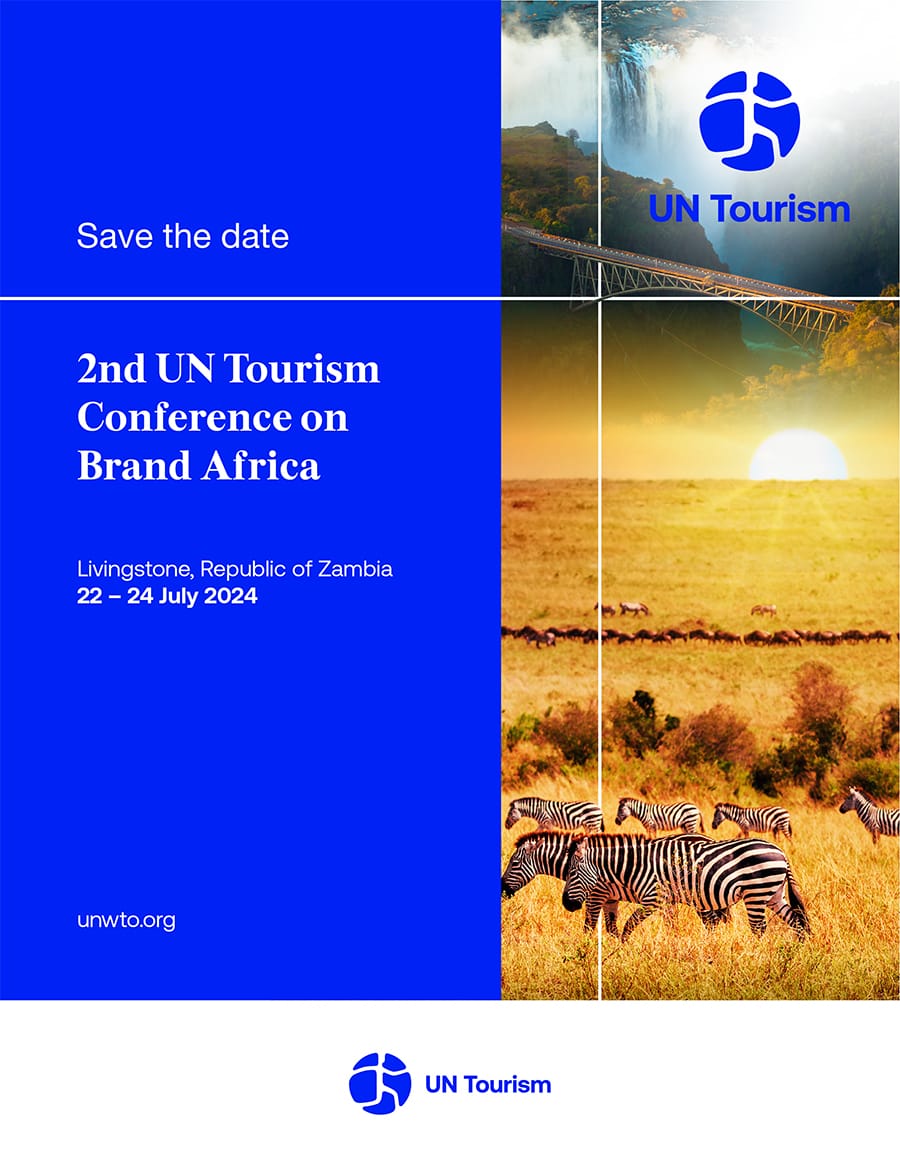A new global index report from World Travel & Tourism Council (WTTC) and JLL, has assessed the preparedness of 50 cities for future Travel & Tourism growth.
Acknowledging the challenges that accompany tourism growth, WTTC began thought leadership on destination management in 2017 with its ‘Managing Overcrowding in Tourism Destinations’ report alongside McKinsey & Company. Now, major new research with JLL advances the agenda once more by addressing what makes a city ready for Travel & Tourism growth.
Travel & Tourism is an essential industry that contributes 10.4% to global GDP and was responsible for the creation of one in five new jobs over the last five years.
Cities and city tourism drive both country and sector growth on a significant scale. Cities are global hubs accelerating business, innovation and job creation all around the world. Today, over half (55%) of the of the world’s population lives in urban areas and this proportion is expected to rise to 68% by 2050. Forecasts show that urbanisation and population growth could add another 2.5 billion people to urban areas by 2050.
According to research, of the 1.4 billion international visitors crossing borders in 2018 for tourism purposes, 45% are travelling to visit cities. Furthermore, international arrivals to the 300 largest city travel destinations accounted for over half a billion trips last year.
The newly created index brings together a broad spectrum of destination practices and community attributes to determine a level and type of readiness. The levels range from emerging to established market tourism hubs with varying levels of infrastructure.
Five typologies were defined on the basis of the level of readiness:
Dawning Developers
Emerging Performers
Balanced Dynamics
Mature Performers
Managing Momentum
Highlights and Key Findings include:
‘Emerging Performers’ and ‘Dawning Developers’
Cities in these categories tend to be in emerging countries, with a lower level of urban readiness. To improve their readiness, efforts should be focused on developing and enhancing urban infrastructure such as airport connectivity, accommodation stock and addressing environmental issues such as waste and water quality. Examples include Bogota, Cairo, Delhi, and Istanbul
‘Mature Performers’ and ‘Balanced Dynamics’
These represent cities with an established urban readiness and tourism infrastructure, but which are not yet seeing many overt signs of tourism pressure in the comparable data. Based on findings of the research, cities in these two categories are in the most favourable and ready position to manage the current levels of growth. Examples include New York, London, Auckland, Berlin (Mature) and Singapore, Beijing, Osaka and Hong Kong (Balanced).
‘Managing Momentum’
European and North American cities such as Amsterdam, Barcelona, and San Francisco occupy the whole ‘Managing Momentum’ category. These cities have, in recent years, seen high tourism growth momentum but at the same time have either experienced tourism pressures or are at the risk of facing potential issues.
Global Summit, Gloria Guevara, President & CEO, WTTC, said, “We are delighted to launch ‘Destination 2030’, our first comprehensive assessment of cities’ readiness for tourism growth, through the development of a unique methodology to evaluate and deliver on solutions to foster sustainable growth in tourism activity.
“Tourism authorities in many major cities around the world are working incredibly hard to prepare for the future. However, for a city to truly thrive and for Travel & Tourism to develop in a sustainable manner, city planning authorities, developers, investors, legislators and community groups, need to understand how prepared the city is for future expected growth in tourism and the resulting challenges and opportunities it may face.”
“Whether a city is looking to bolster its travel and tourism industry or manage growth, the approach needs to be strategic, purposeful and comprehensive,” says Dan Fenton, Executive Vice President, JLL. “By considering all components that make up a city’s character, policies that achieve the best possible results for business leaders, community members and visitors can be put into place.”
To see the full report and to further understand how cities around the world are responding to these growing pressures, please visit www.wttc.org/Destination2030
About the World Travel & Tourism Council
WTTC is the body which represents the Travel & Tourism private sector globally. Members consist of CEOs of the world’s Travel & Tourism companies, destinations, and industry organisations engaging with Travel & Tourism.
WTTC has a history of 25 years of research to quantify the economic impact of the sector in 185 countries. Travel & Tourism is a key driver for investment and economic growth globally. The sector contributes US$8.8 trillion or 10.4% of global GDP, and accounts for 319 million jobs or one in ten of all jobs on the planet.








